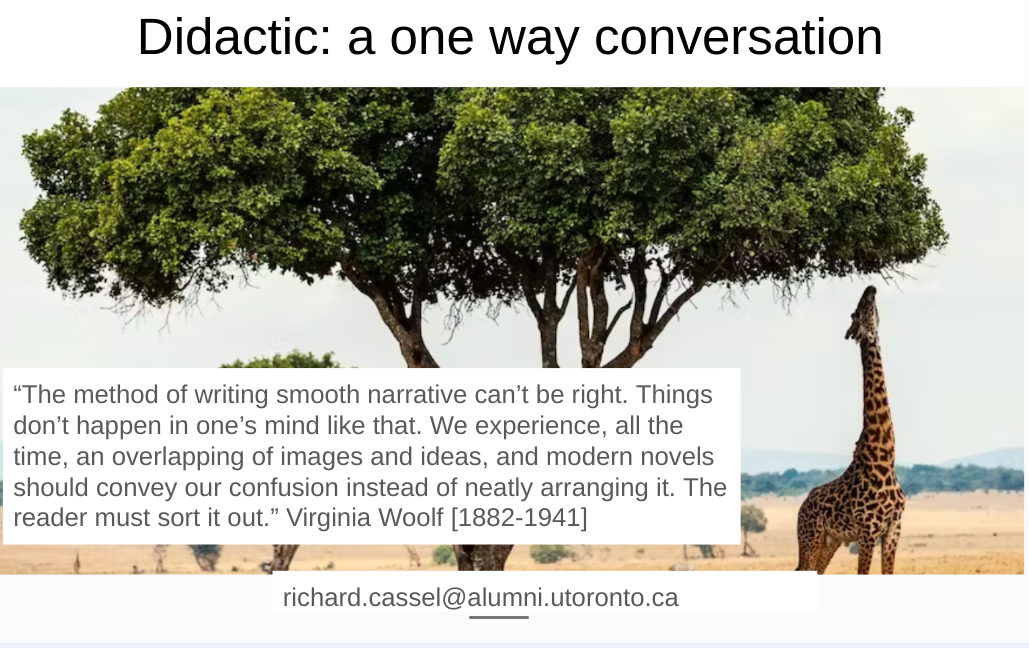
Murals depict Detroit as the site of class cooperation; not class conflict.
"Every good composition is above all a work of abstraction. All good painters know this. But the painter cannot dispense with subjects altogether without his work suffering impoverishment."
- Diego Rivera [1886-1957]
- Diego Rivera [1886-1957]
Portraits of William Valentiner [right] and Edsel B. Ford [left] at the Detroit Institute of Arts, detail of the courtyard South Wall Automotive Panel:
Dr. William Valentiner, director of the Detroit Institute of Arts from 1924 to 1945, conceived of the mural commission and engaged Rivera to come to Detroit. Rivera sketched his profile in May 1932 before Valentiner took a voluntary leave of absence for eight months due to financial problems at the museum caused by the Depression, and it is believed that Rivera worked from these sketches to paint Valentiner's portrait. Profile portraits were preferred during the Italian Renaissance and became a tradition for the representation of donors in both panel paintings and frescoes. Rivera not only paid tribute to Valentiner's erudition through the use of this view but also placed him along with Edsel Ford as a great patron of the arts.
Edsel B. Ford, president of the Detroit Arts Commission and the Ford Motor Company, provided a gift to the museum to make the mural commission possible. Although he visited the museum frequently to meet with Rivera and watch the murals develop, he probably did not sit for this portrait. Most likely Rivera worked from a 1931 photograph provided to him by Ford's office. Rivera also painted an oil of Ford during this period, which came to the Detroit Institute of Arts in 1977 as part of the bequest of Mrs. Edsel B. Ford.
